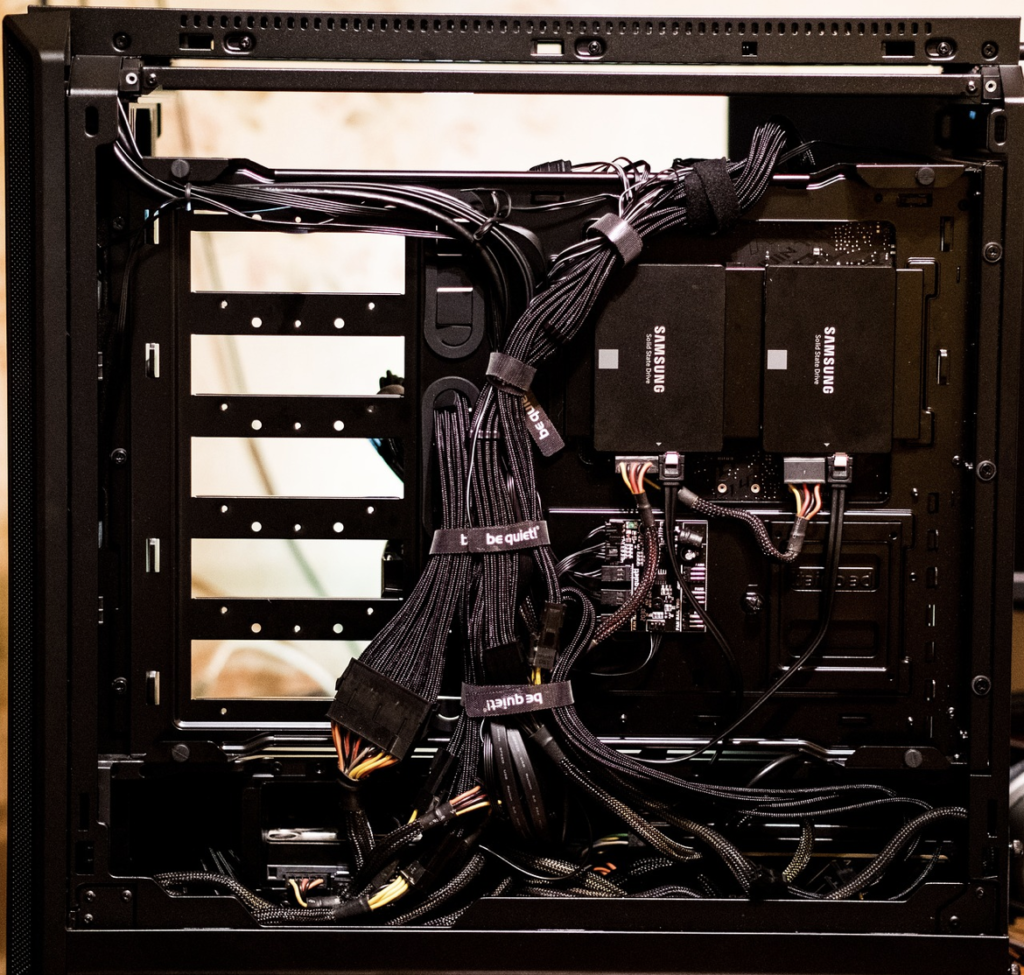
Starting a server business requires you to invest in one and set it up. You will also need to pay taxes and file filing fees for your business. You will need to beef up your service infrastructure and software expertise and invest in unique IP. You’ll also need to learn the process of setting up a database for the web, which sounds simple but may be rather time-consuming.
Investing in a server
When it comes to your business, investing in one is a wise decision. These systems allow you to have remote access to your company’s network and software from any location. They also allow you to have greater control over who has access to certain data and information which is imperative for those with snooping employees or spouses.
This way, you can better protect your business information. Businesses of all sizes use them to maintain their data, and with deals like these: https://www.lenovo.com/us/en/d/deals/servers/ there’s no reason not to pull the trigger. They are an essential part of their growth strategy. From small startups to large companies with thousands of employees, they provide a valuable service that allows your business to run smoothly and grow.
The cost of one can range from a couple thousand dollars to a million dollars. You also need to factor in the maintenance and support costs, as these can range in the hundreds when it eventually comes time to fix or manage your machines.
In the server industry, investors can look to companies with strong growth potential. For example, Cisco, which controls around 5.5% of the market, is a solid choice. Cisco’s growth is on the rise and it’s focusing on making inroads into sales. Cisco is also relatively cheap compared to its competitors. Another good choice in the market is Intel.
Costs of setting up a server
Setting up one business is not cheap. The hardware you need to run the business is expensive, and you need to have adequate training and knowledge to maintain the system. Most of them cost between $500 and $10,000, but some of them are more expensive than others. The price depends on the amount of data you plan to store, and the processing power that you need.
The first step is to determine what kind of server you need. Initially, you may want to set up one that can host files and manage small websites. However, if you want to operate a business, you will need a large server that can handle significant amounts of traffic. In addition, you will need to determine the type of operating system you plan to run.
Once you have decided on the hardware, you need to consider the cost of maintenance and repairs. The cost of one for a small business will vary depending on the number of users you intend to serve. You may choose to purchase one from a service provider or build your own from scratch using tools and tutorials from YouTube and eBay in order to learn from an array of people on the subject.

Setting up a database on the web
There are several factors that must be considered when setting up one for your business. The first thing that you must consider is the usage that your web server will be used for. If you only plan to use it for hosting websites, you may not need any additional equipment. In some cases, you can even use an old PC that has been modified for this purpose.
However, you should know that an older PC may not be able to handle the demands of a 24 hour operation. It contains various software components. One of them is the HTTP server, which you can learn more about here. It then delivers the content of a website to a browser. There are two main types of web clients: static web clients and dynamic web clients.
The static web server is composed of computer hardware and HTTP software and sends hosted files as-is to a browser. Next, you must determine what kind of server you need. Whether you are setting up one for your personal use or as a database for your business, you need one that is powerful enough to handle the workload.
Choosing one with a powerful central processing unit and a large memory is a good idea, as long as you have enough free space. Furthermore, it needs to support the operating system that you intend to use. Despite how complicated it may sound, setting up one for server business doesn’t have to be as difficult as you might think.
You can start with basic computer knowledge and a great idea. The steps to setting up one are outlined in this guide. Your machine should have a high-performance and reliable connection to the internet.
